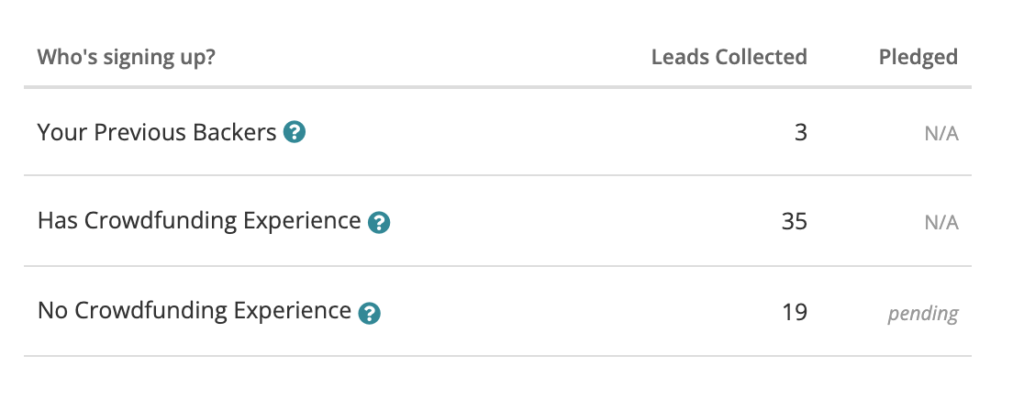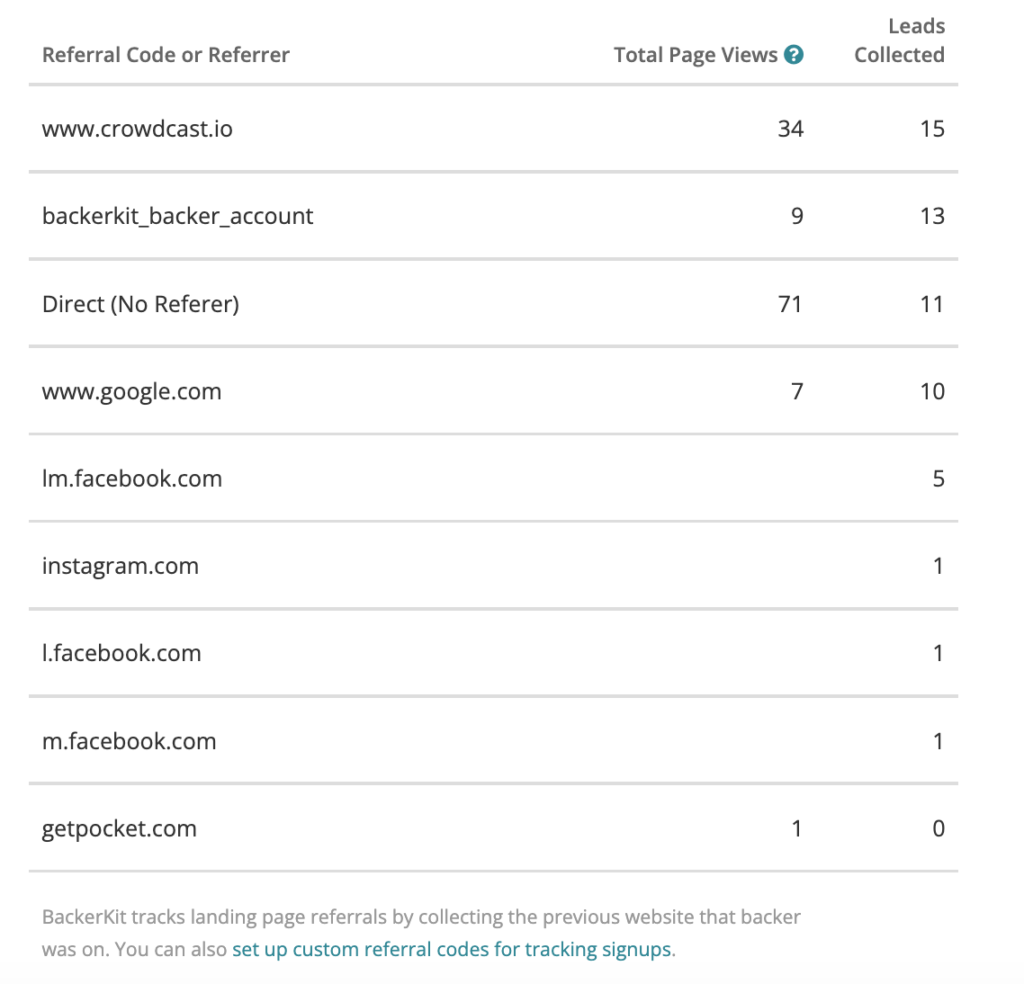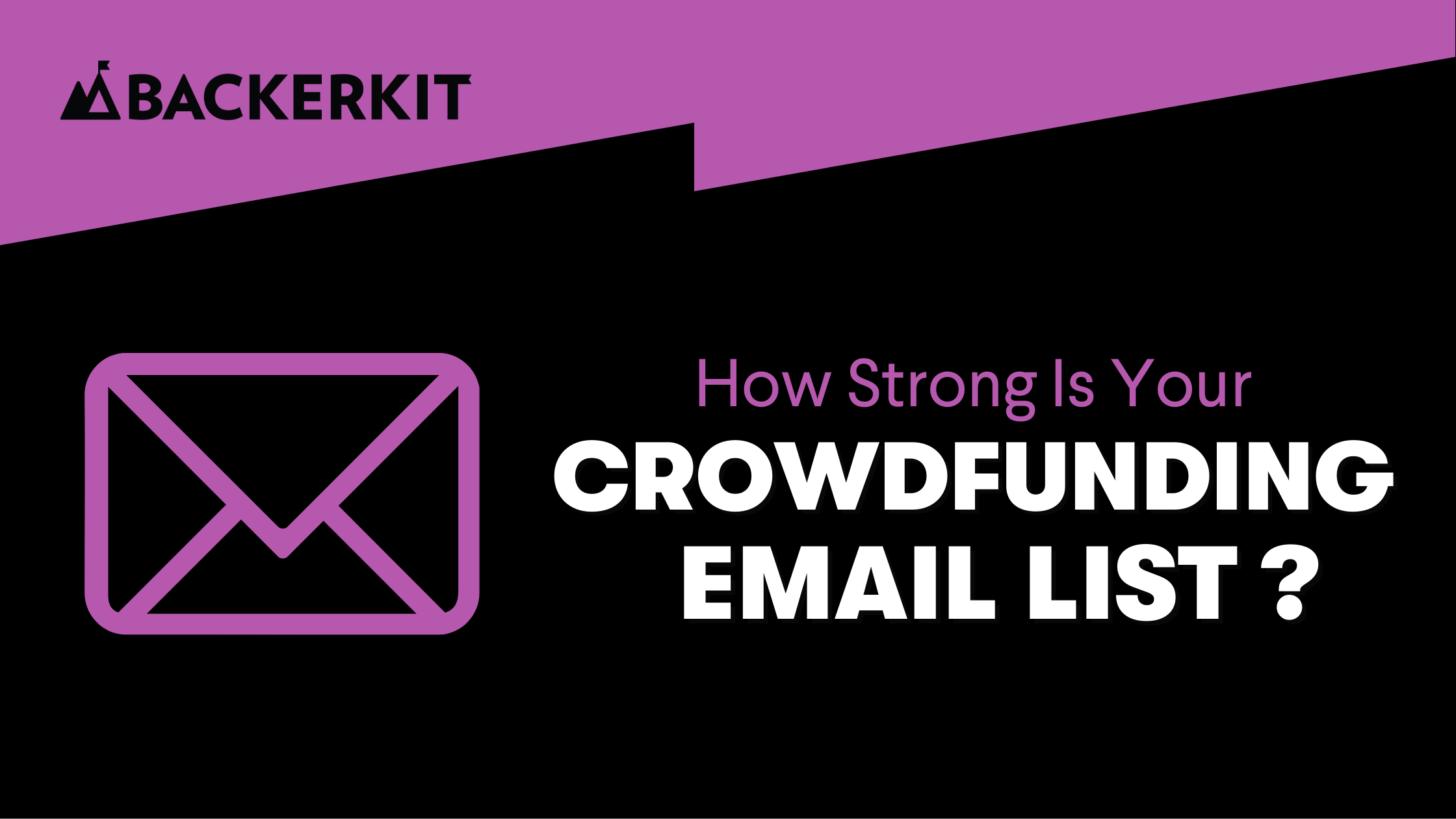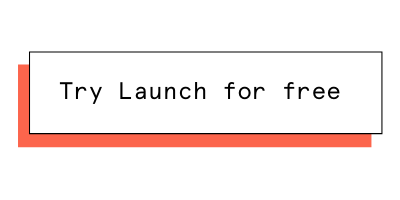Updated October 12, 2023
Building an email list is one of the most important things you can do when preparing for your crowdfunding campaign’s launch. The people on this list will be the ones who show up to support you early on, helping you set the pace for the rest of your campaign. If you’ve already started building your crowdfunding email list — or just aren’t sure how to get started — you’ve probably realized that it isn’t easy. This work takes time, persistence, and creativity, which is why you must approach the email list-building process in a strategic way.
As you’re developing your product and preparing your campaign, you should invest time in building a strong email list. The strength of your email list is a factor of the quality and quantity of subscribers. That means, when building a list, you need to go beyond just monitoring your subscriber count to find ways to assess their likelihood to convert to backers.
To make the most of your efforts, you’ll need to optimize and refine your strategy as you go. Here are a few ways to maximize your list-building activities so you can launch with confidence, knowing that you’ll have a community ready to back your project on day one.
Building a high-quality crowdfunding email list
Not all leads are good leads. For a crowdfunding creator, a high-quality email list is simply a list of people who are likely to back your project. Here is how you can start a high-quality email list for your campaign:
- Make sure everyone knows what they signed up for. You should always be transparent about what people can expect from you in exchange for sharing their information. If, for instance, you held a giveaway to collect leads, you’ll need to make sure that people know that they’re signing up to get updates on your crowdfunding campaign. You also need to consider whether your giveaway might motivate people to sign up just for a chance to win a prize.
- Keep your subscribers engaged once they’re signed up. Communicate with your subscribers on a regular candence, and pay attention to how they engage with your emails. High-engagement levels are often a signal that your subscribers have a high level of interest in your project. The most common types of engagements are email opens and clickthroughs (though you can create various ways for subscribers to engage with you beyond the email).
- Don’t buy email lists. Sending unsolicited messages to people who didn’t opt into receiving your emails can be illegal, according to GDPR and CAN-SPAM Act. Legal ramifications aside, the leads on a purchased list don’t know who you are, don’t know about your project, may not know anything about crowdfunding, and are extremely unlikely to help you get funded for all of these reasons.
From our experience, around 1% to 5% of subscribers on a high-quality list will back a crowdfunding project. In comparison, low-quality lists often get conversion rates that are close to 0%. When looking at the size of your list, keep this in mind to get a rough idea of whether your list is large enough to support your campaign.
Assessing the quality of your email list
Lead qualification is the process of determining which of the people on your email list are most likely to back your project. We’ve found that people who have crowdfunding experience, meaning they’ve backed projects in the past, are more likely to pledge to campaigns than others. Our powerful email marketing tool, BackerKit Launch, can help you assess the quality of your list by identifying what percentage of your subscribers have crowdfunding experience.

You can use Launch to see how many of your leads have crowdfunding experience. Looking at this number is a great way to gauge how prepared you are to launch.
Quick Tip: One easy way to get your project in front of people with crowdfunding experience is by creating a landing page using BackerKit Launch and then listing it on BackerKit. By doing so, your landing page will be shared with a large audience of crowdfunding enthusiasts.
Optimizing your email list-building strategy
Building a strong email list takes time. Experimenting with different approaches and analyzing your results is essential to improve the impact of your efforts. Here is a good place to start: when people start signing up for your email list, take a look at where they’re coming from by analyzing the referral sources and ask yourself:
- Where am I getting the most sign-ups from?
- Where am I getting the fewest sign-ups from?
- What are my conversion rates? (That is, the number of people visiting your landing page from a single source vs. the number of people who actually end up signing up.)
If you’ve created a landing page in Launch, you’ll be able to see all of this information in one convenient place. All you have to do is go to the “Landing Pages” dashboard and select “View Results.”

This information will tell you what’s working and what isn’t (or what’s not working as well as you may have hoped), but it’s also going to tell you where to focus your attention. You’ll have a lot to juggle as you’re preparing for your campaign’s launch, so you don’t want to spread yourself too thin and you shouldn’t waste time on something that isn’t working.
The results you see on our dashboard — also referred to as performance metrics — tell you what is happening. Use these performance metrics as a jumping-off point to dig deeper and assess the whys that are driving the performance. Those insights will enable you to improve what you’re doing and build on your success.
Here are some areas to explore in your analysis to uncover the underlying drivers of your efforts’ performance:
- Audience: What do you know about them? Is there any unifying demographic information? Use what you discover here to create messaging that will resonate with them or to find similar audiences in other channels.
- Content and presentation: Is the content or the way you presented it in a high-performing channel different from what you did in other places? Are people on Instagram, for example, more receptive to the type of messaging or format you’re using than people on Facebook? Use what you find out to refine your presentation.
Quick Tip: Watch this BackerKit Launch walkthrough to learn more about how the platform can help you build your email list, activate your audience, and get funded early.
Growing a list after crowdfunding success
Email list-building never ends for a crowdfunding creator. If you’re a creator who has run a successful campaign and you’re planning to launch a new project, you will have to go out and grow your email list. This is especially true if you’re hoping to raise more money than you did previously.
When you start sharing your new landing page, pay attention to how many of the leads have backed your campaigns in the past. BackerKit Launch is the only email platform that allows you to do this easily. Look in your Landing Page results tab, and you’ll see the number of leads who are your previous backers.
Not only is this a way to qualify your leads — you know that these people are likely to pledge — but this information can also show you how much more work you have to do. If you want to grow your existing community and increase your funding goal, you’ll need to reach people who aren’t already in your community. Keep an eye on this number to make sure that you’re on the right track.
To build the best email list for your crowdfunding project, you have to be deliberate. You have to be strategic. Celebrate when you get new leads, and then take a moment to look at your results and replicate what’s working. You can start building your list today and preparing for your campaign by signing up for BackerKit Launch.
Editor’s Note: This blog post was originally published in 2022. It has been updated and revamped for accuracy.

